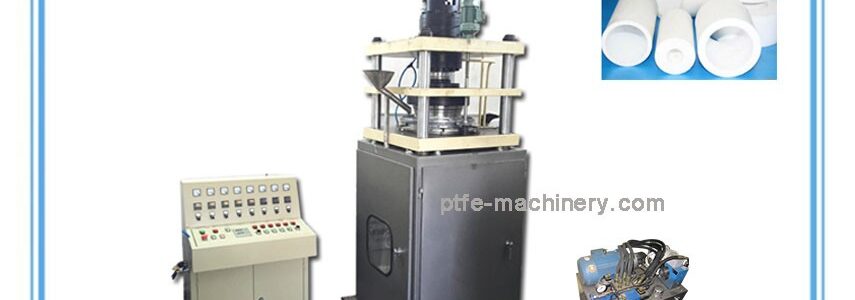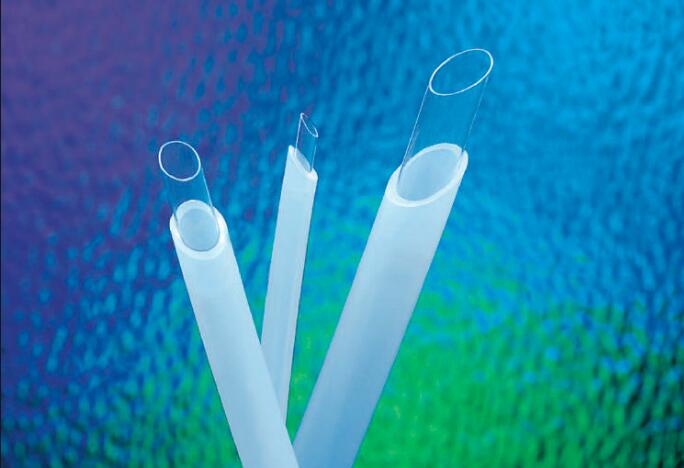Plastic extrusion involves forcing melted plastic through a die into a shape with a fixed cross section. It’s an efficient way to produce many shapes, and is essential in both industrial and domestic product applications. Since the plastic is melted from a solid form and then resolidified, only thermoplastics can undergo extrusion. The properties of this type of plastic make it good for recycling both scrap pieces and post consumer goods.
Hollow Pipe and Tubing : PVC water and sewer pipes are common forms of plastic extruded pipes. In industrial use, other plastics transport liquids and gasses that PVC may not be able to handle. Diameters of several feet are average for larger sewer pipes, which represent some of the largest plastic extrusions found. On the other end of the scale are micro-miniature medical tubes that can have an OD of less than .010”. Plastic tubing is essential for transporting oxygen in the ICU, fuel in small gasoline engines, and soda in a drinking straw.
Solid Shapes : These shapes—forms of plastic used as raw materials in machine shops—include round, square, and hexagonal bar stock, as well as rectangular pieces. All standard thermoplastics are available in these forms in sizes that match the need, and are available in any length.
Also included in this category are extruded decking, planks, and structural pieces that have become popular in recent years. Plastic decking and lumber are good venues for recycled plastics due to their large mass and non-critical nature. Outdoor furniture, fencing, and park benches are all made with extruded plastic pieces. These boards are weather proof, splinter proof, maintenance free, and generally outlast any exterior wooden member.
Sheeting and Film : Polycarbonate sheeting appears in window glazing and machine guards, and is impact resistant. It is manufactured in thicknesses ranging from thin films up to several inches. Acrylic plastics are also extruded into thin sheets for glass replacements. Extruded clear plastic films are common in the short-term protection of foods and modern retail packaging, which makes use of blister packs–extruded hard films that are softened by heat and then formed in a mold to their correct shape.
Profile Shapes : Extrusion is the preferred in the production of long cross-section shapes. Windshield wiper and squeegee blades, plastic rain gutters, and automotive trim, are all extruded shapes. Vinyl siding is also made from this process, and is found in over half of all new home construction. Like other exterior grade plastic parts, vinyl siding stands up to the elements and is maintenance free.
Extruded Blow Molded Items : Bottles and jars start as extrusions. After extending to a certain length, a two-piece mold pinches off and closes around the blank, now called a parison. The mold forms the threads in the parison, and while it is still hot, it is injected with compressed air that expands to the interior size of the mold. After cooling, the mold ejects the bottle and begins the cycle again.
Insulated Wire : The insulation on electrical wire is also created through extrusion. In this process, the wire is pulled through the die, where the insulation is then extruded around it. In order for this to work, the wire should have strong electrical insulation properties, suppleness, and abrasive resistance—the wire should also be impervious to liquids, gasses, and corrosives. Non-electrical cables are also coated by plastic extrusion for corrosion resistance, abrasion resistance, and to enable smooth handling.




